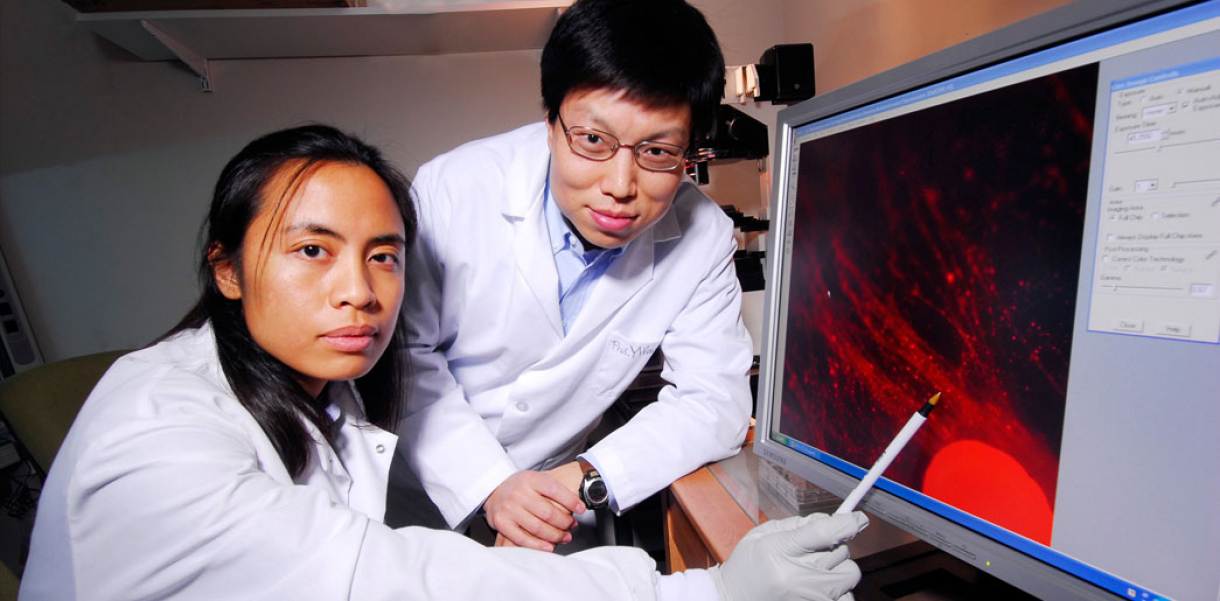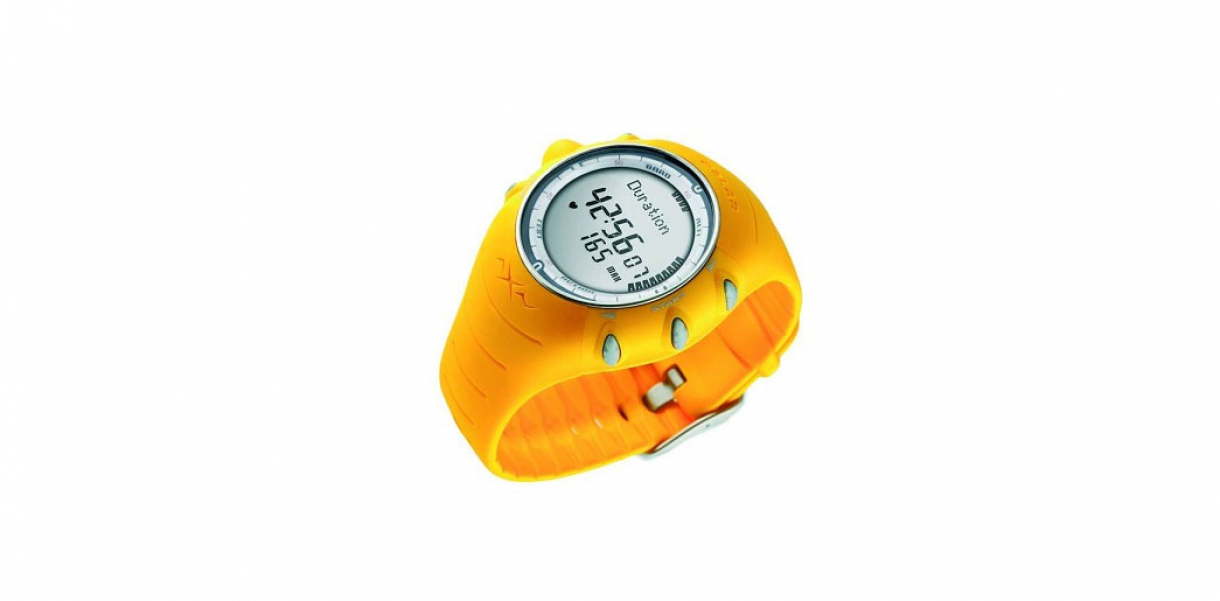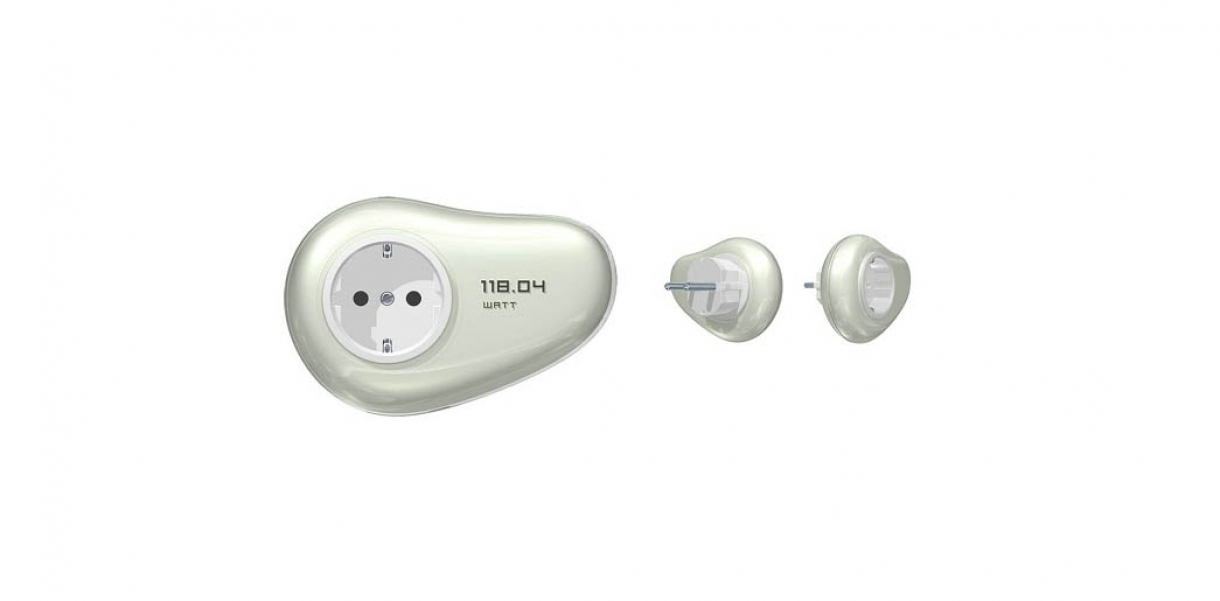Functionality and use of design
Because of the physical characteristics of the material, it could act as scaffolding to help in the design of heart tissue, blood vessels, cartilage, bone and many other structures of the human body including whole organs for transplantation.
In addition to being strong, biocompatible and inexpensive (because the researchers can make it in large quantities of some 400 grams per batch), bio-rubber also has a number of other advantages. For example, due to its general chemical composition, it can be easily tailored to have a variety of different properties, such as a fast or slow degradation rate, for different applications. Biorubber's brittle counterparts are much more difficult to modify
How did this design improve life?
"Biorubber," a new material with myriad applications including engineered lungs, heart valves and other elastic tissues. Biodegradable polymers that are safe to use in the human body are already used in drug delivery, tissue engineering, and more. Whether impregnated with medicine or serving as a scaffold for growing cells, such polymers are eventually absorbed by the body when their work is done.
Drawbacks of life improvement
In this phase of the development process, the Bio Rubber hasn’t been tested on humans, and the flipsides are therefore unknown.
Research and need
Biodegradable polymers that are safe to use in the human body are already used in drug delivery, tissue engineering, and more. Whether impregnated with medicine or serving as a scaffold for growing cells, such polymers are eventually absorbed by the body when their work is done.
Until now, however, none of these polymers has had the defining property of a rubber band: the ability to stretch then snap back to the original shape. The dominant material in today's market is hard and brittle.
"If you think about it, though, many of the organs in the body are elastic," said Robert Langer, MIT's Germeshausen Professor of Chemical and Biomedical Engineering. For example, the tiny air sacs in the lungs expand more than seven times when you inhale. "So if researchers engineer replacements for these organs someday, they certainly want them to mimic the original tissues."
Designed by
Yadong Wang - USA






